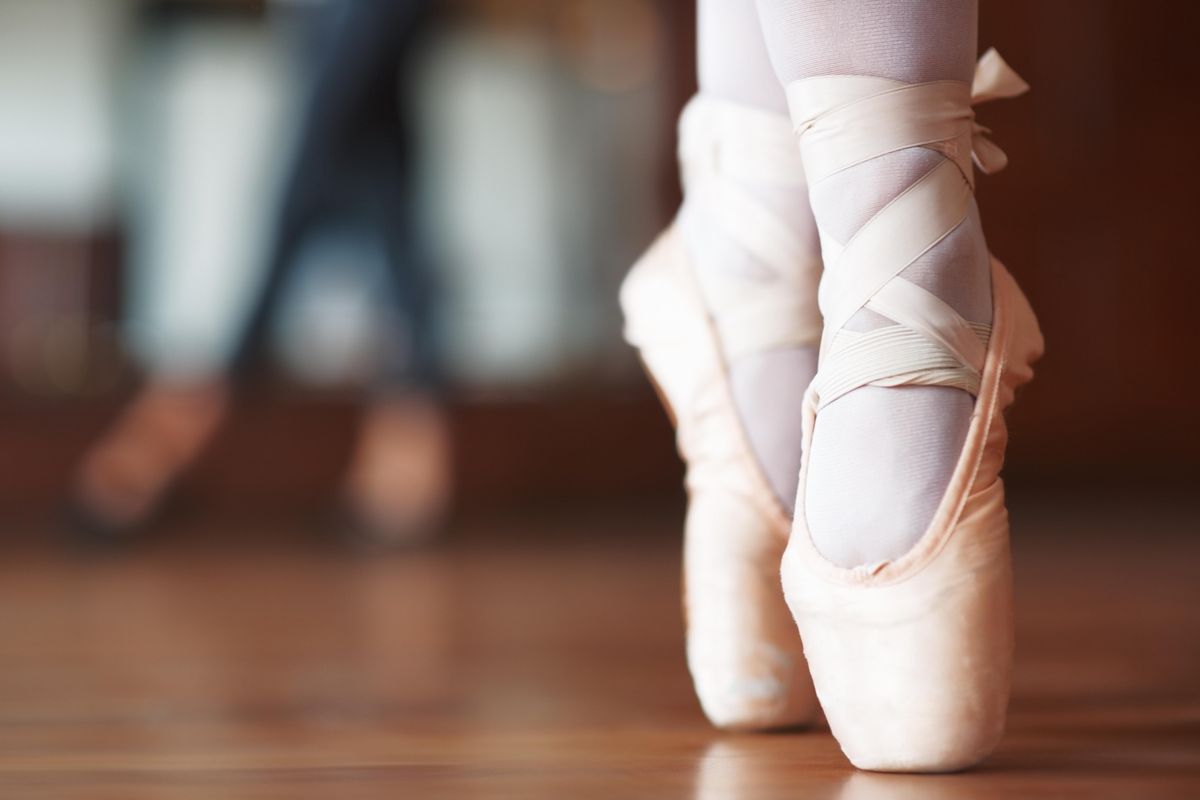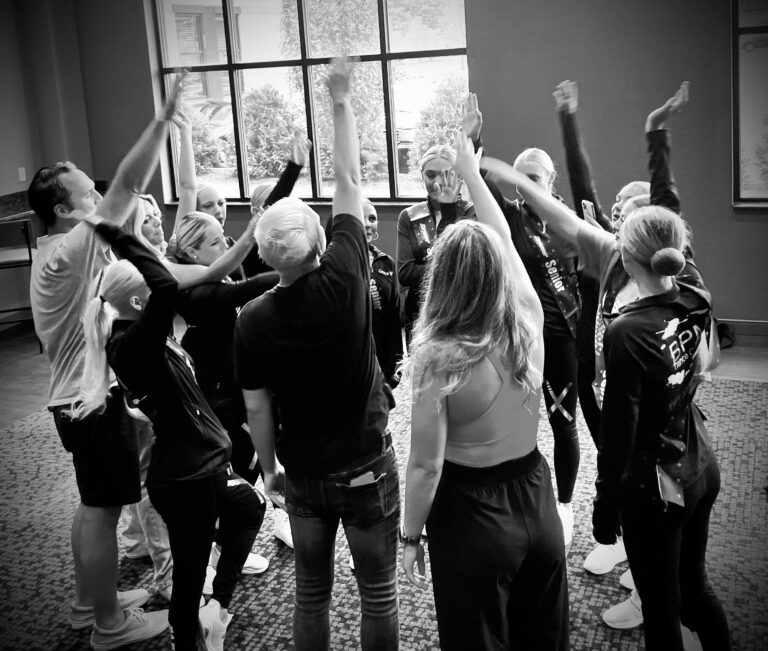
Though the #MeToo movement has spurred many dancers to come forward with their stories of sexual harassment and abuse, the dance world has yet to have a full reckoning on the subject. Few institutions have made true cultural changes, and many alleged predators continue to work in the industry.
As Chanel DaSilva’s story shows, young dancers are particularly vulnerable to abuse because of the power differential between teacher and student. We spoke with eight experts in dance, education and psychology about steps that dance schools could take to protect their students from sexual abuse.
Make Basic Safety Measures Standard
Peter Flew, director of the School of Education at University of Roehampton in London, trustee of the Royal Academy of Dance, and chair of Safer Dance
“When I joined the RAD Board of Trustees, I couldn’t believe how little regulation there was around dance schools. When a school is hiring a teacher, they need to do a background check. Does that person have a conviction for sexual abuse or child abuse, for example? Are there gaps in their CV that they don’t want to explain?
“Another important issue is data protection. Does the dance teacher have the cell phone number of the student? This is a common and really bad practice. Teachers should be talking to parents, not the children. And this is an issue with social media, as well.
“We also need to empower children, so they know that they can say no when they’re uncomfortable. And we need to empower parents. If you’re looking at a school and you don’t see their safeguarding procedures written on their website or in their brochure, you should question them as to what they’re going to do to keep your child safe.”

David Tett, Courtesy Flew
Create a Trauma-Informed Classroom
Dr. Paula Thomson, clinical psychologist and professor at California State University, Northridge
“Administrative staff and teachers need to learn the signs that there may be some kind of emotional, physical or sexual abuse going on, and learn how to approach a child to check in. In dance schools, kids are socialized to keep their mouths shut. And that’s a perfect predatory environment, because abusers will groom a child and make them feel very special. Children need a line of safety. Ideally they should have more than one person they can go to if something is wrong.”

Shawn Flint Blair, Courtesy Thomson
Self-Regulate Through Education
Leslie Scott Zanovitch, founder of Youth Protection Advocates in Dance (YPAD)
“A lot of people use this word ‘complicit.’ And I believe that some people are complicit. But I also believe there are people who are just ill-equipped. They’ve never been trained about what the red flags are, so they never saw the red flags. We have to train people to be advocates for children. And then we have to normalize these conversations, because, otherwise, what will happen is what happened to me when I spoke up about the commodification and exploitation of children in Hollywood. I was blackballed. I was shamed. I was told by my colleagues that I was messing with their money.”

Michael King, Courtesy Zanovitch
Let Kids Be Kids
Dr. Christina Donaldson, clinical psychologist and YPAD advisor
“Dancers are constantly being told how to use their body as a tool. This can lead them to feel separated from their bodies, and that can actually lead to grooming and abuse. The same is true of dancing in a way that is really sexual, or to music with sexual lyrics. That is a form of inadvertent grooming. You’re desensitizing them to sexually explicit material they don’t necessarily understand. We need to let kids be kids.”

Fritz Olenberger, Courtesy Donaldson
Encourage Accountability
Cat Cogliandro, teacher and co-founder of @thedancesafe
“We can all stand up together as a field and say that abusive behavior is not appropriate, and that if you hurt someone, you need to be held accountable. If we can empower people to come forward, it’s going to be a chain reaction. On The Dance Safe Instagram, we have a link you can click on and report abuse. And if you disclose to us, the first thing I’m going to do is respond and make sure you’re safe, and ask how I can further support you. We connect people with mental health professionals, doctors, social workers and people who can help them navigate the legal system if that’s what they want. And if people want to go public and tell their story, we’re supportive of that, too.”

Courtesy Cogliandro
Use Touch Appropriately
Sydney Skybetter, choreographer and lecturer at Brown University
“I focus a great deal of classroom time on establishing a practice of consent. This means letting students know at the beginning of class that touch can be used as an instructional device, and should they prefer not to be touched, to let the instructor know at any time. Then, an instructor should ask and receive consent before any touch happens. Students are empowered to opt in or out of physical contact on their own terms.”

Liza Voll, Courtesy Skybetter
Take Action
Sarah Arnold, ballet teacher in the San Francisco Bay area
“A few years ago, two young women came forward to say that a male teacher at the school I was working at had sexually assaulted them. The directors did nothing until a group of parents came together to demand they take action. Finally, they asked the teacher to resign, but he continues to teach elsewhere. I and several other teachers left the school over it.
“He should have been immediately fired, and the reason should have been public knowledge. I also think the directors should have sent a letter out to all the parents to let them know what happened, so they could talk to their children in case there was any abuse their kids weren’t telling them about. We should make it as easy as possible for children to come forward.”

Peter Young, Courtesy Arnold
Build Boundaries
Emily Bufferd, jazz teacher at Broadway Dance Center, Steps on Broadway and the Joffrey Ballet School
“Teachers should never be inviting assistants or students to their homes or hotel rooms alone. It’s important to protect your students and yourself by maintaining boundaries, no matter how good your intentions. And students should know that if a teacher says they need to be alone with you, you can question that. When I teach privates, I always have an open-door policy. Parents are always welcome.
“Ever since I did my YPAD certification, I feel much more prepared to handle it if a student comes to me with a problem. I think dance studios should consider having someone on staff, or several people, who are trained advocates that dancers know they can go to for help.”




